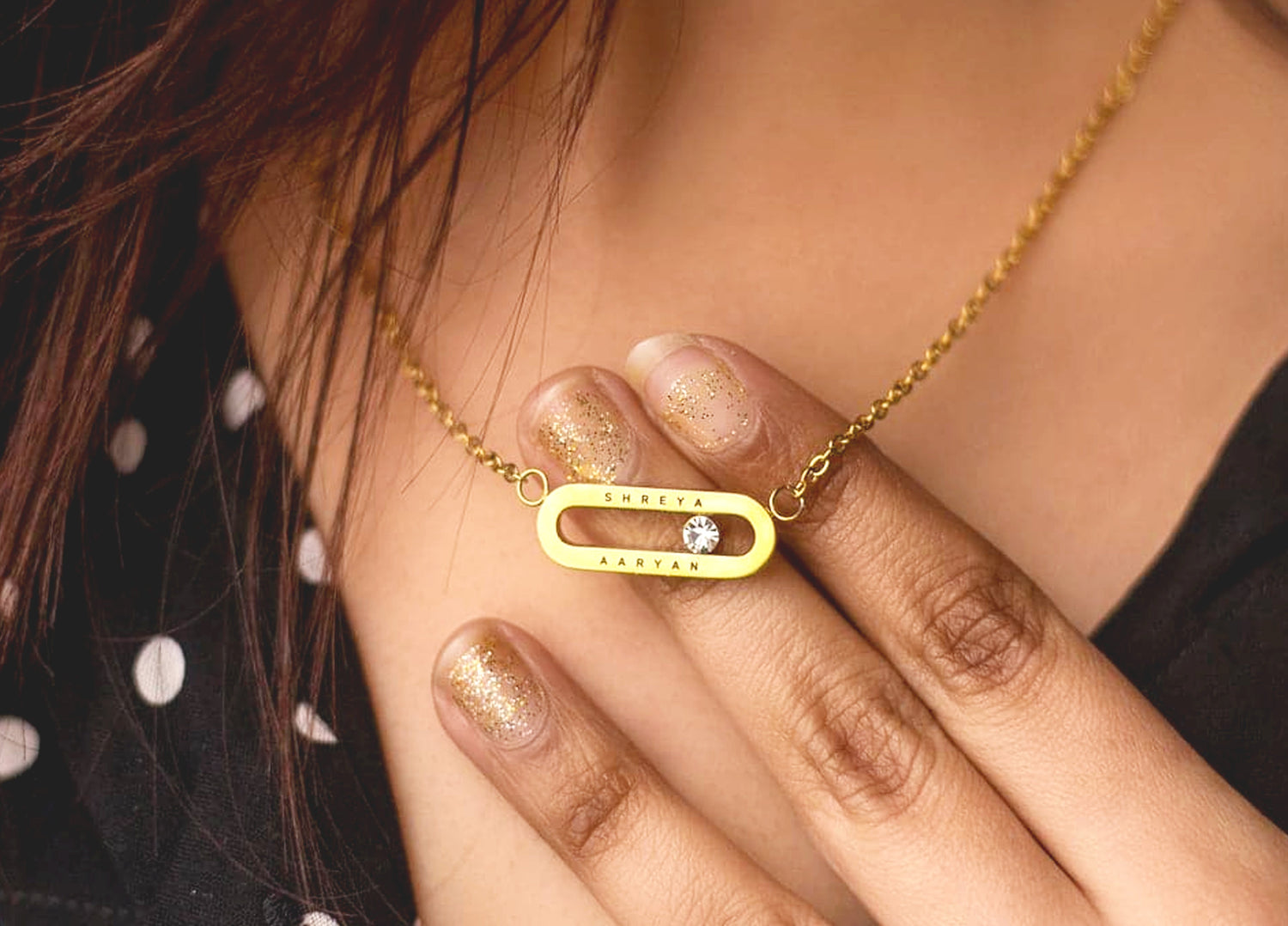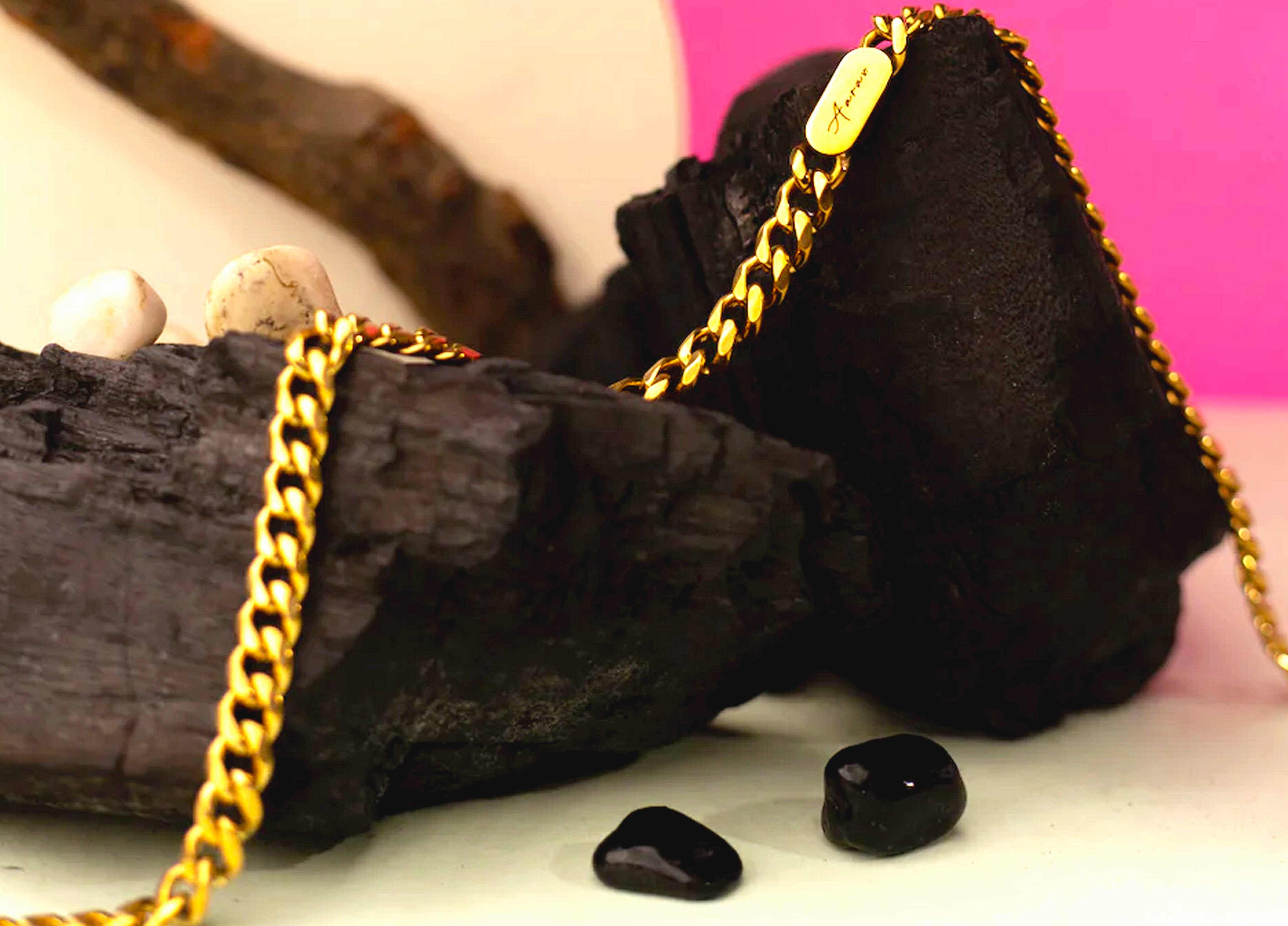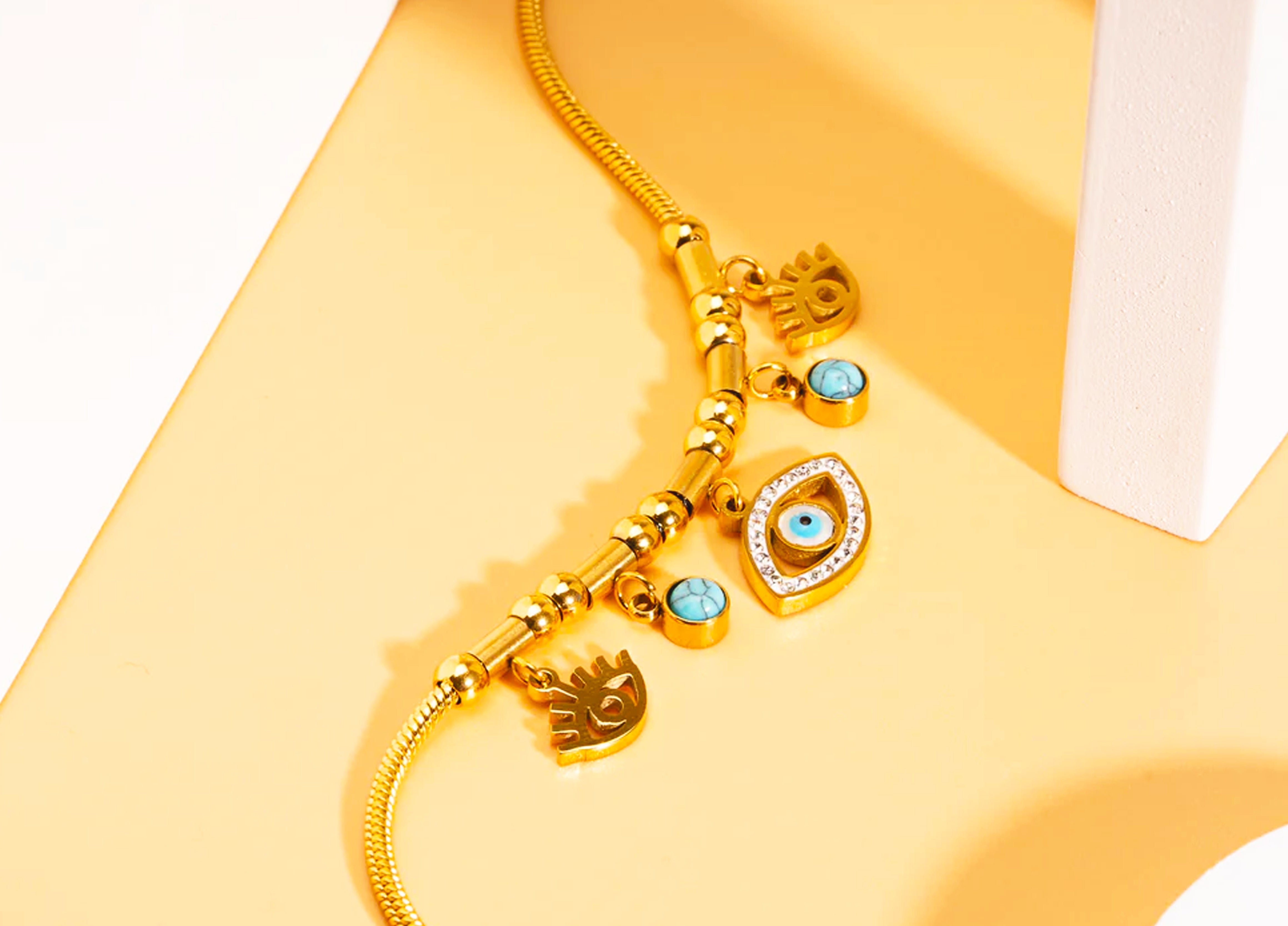Jewellery has always been much more than a physical ornament; it mirrors our identity, feelings, and standing. To share what the psychology of wearing jewellery is all about requires a good understanding of human behaviour and social values. jewellery, at its core, is a medium of personal expression. There are items selected by every individual that reflect personal taste, values, and life experiences. One might, therefore, wear family heirloom jewellery in tribute to one's heritage or wear custom-made pieces for special occasions. It is this value which is emotional that makes jewellery a unique symbol of individuality.
Socially, in may indicate status and affluence. Throughout history, the more ornate one's jewellery was, the higher their status. While those status indicators have evolved over time, today, highly valuable or designer pieces still reflect affluence and good taste. This factor merges jewellery into social psychology, through its impact on perceptions and therefore its shaping of interactions within social environments.
Many times, the act of wearing jewellery becomes a form of psychological reassurance. For many, some pieces act as amulets or sources of comfort that help in providing a sense of security or, at the very least, empowerment. This happens quite often to that piece associated with such important life events or personal achievements. Moreover, jewellery plays a potent role in forming and reinforcing relationships. Fiancé rings, wedding rings, and gifts of jewellery all connote devotion, love, and relationship. As such, these connotations play a very vital role in interpersonal relations as tangible representations of emotional ties.
Overall, the psychology associated with wearing jewellery concerns self-expression, social signalling, and emotional support. Either in treasured heirloom or new, jewellery is a multi-faceted form of communication that reflects deeper aspects of inner life and societal structure.
The value of jewellery lies far beyond what the raw material may cost, for it strikes a chord deep inside human psychology for self-expression, social signalling, and emotional reinforcement. Understanding the psychology behind the wearing of jewellery will enable someone to learn more about how it contributes to the identity, relationship, and perception of members of that society.
Essentially, jewellery forms a strong channel for self-expression. What people wear in terms of jewellery shows something about their character, taste, and life experiences. For instance, while one person may be into minimalist designs, thus showing a simple, classy character, another might go for bold and chunky ones, exuding dynamism, and an adventuresome character. Wearing jewellery in this respect makes it possible to express personal identities and stories. Custom pieces or heirlooms hold more personal meaning. An intergenerational necklace may stand to connote heritage and continuity, while a custom piece may connote personal accomplishment. Emotional attachment, in this regard, makes jewellery not only embellishments but tangible reminders of one's heritage and the kind of life one wants to live.
This association of jewellery with social status and wealth is very old. Traditionally, fine jewellery indicated high social status and wealth, a practice said to be continuing to this day. This makes jewellery play a role in social interaction, such as the perception formed usually in a visual mark of one's economic status. Expensive or designer jewellery represents a person's social status and wealth even today. In the contemporary world, jewellery might represent much more than just mere wealth; it could represent cultural and social capital. It is the brand designer and exclusive collections that identify an individual into a different social class and lifestyle standards. The social signalling aspect of jewellery allows individuals to move through this hierarchy and position themselves in their respective societies.
Jewellery plays a multicultural role in human psychology far beyond the act of adornment; it serves in providing emotional and psychological sustenance/happiness. Precisely, pieces namely engagement rings and wedding bands are of intense depth into the feeling of comfort and permanency, for they stand for strong feelings connected with major events in life. For this reason, these can symbolize love and commitment, stability, collateral of making intangible feelings or thoughts and making them material. They are real items that therefore ground individuals with a permanent reminder of their most important relationships and accomplished milestones.
The psychological impact of jewellery can be quite compelling when it takes the form of a talisman or personal source of empowerment. For instance, people wear something very specifically for protection or as a tender to express their confidence. Personal connotation to jewellery, for example: a chain carrying some protective charm or a hand bracelet representing some kind of personal mantra, all fortify the feeling of well-being and inner strength. The attribution of emotion in this way lifts the jewellery from its face value to the value of providing psychological support and reassurance on another level.
Jewellery has also played rather significant cultural and ritualistic roles in many societies; they are usually associated with the marking of vital rites of passage and social functions of cultures. As one example, ornate wedding jewellery in most peoples is not just a status of marital status, but also a sign of family wealth and social status. Similarly, many cultural traditions use specific types of jewellery to indicate spiritual beliefs or community ties. Personal name jewellery or similar pieces that include personal names or initials can be used to celebrate personal identity and individuality but within a cultural framework. That is why couple bracelets represent symbolic jewellery, with most explanations indicating how jewellery serves to make the relationship between two people stronger. Matching or complementary pieces denote partnership and mutual commitment, thereby enhancing the emotional ties that bind two people together. In essence, such jewellery works as a constant reminder of the relationship and tangibly reinforces the psychological sense of unity and togetherness.
Such uses of jewellery in ritualistic or cultural ways point to a linkage of people with their heritage and social identity. To engage in cultural practices towards jewellery creates belonging, continuity, and enhances the bond with cultural roots and shared values. The psychological effect brought by wearing important jewellery, either culturally or ritualistically, can create a close link of one to his heritage and community in efforts to enhance more of personal identity and social integration.
Generally, the psychology of wearing jewellery involves self-expression, social signalling, and emotional reassurance. jewellery depicts a mirror of identity for one, their social status, and psychological comfort. It reflects deeper psychological and emotional dimensions of our lives through personal choice, cultural significance, and social interaction. It is not just about decoration; it is more about the personal associations and meanings that a wearer attaches to such ornaments.




Leave a comment
All comments are moderated before being published.
This site is protected by hCaptcha and the hCaptcha Privacy Policy and Terms of Service apply.